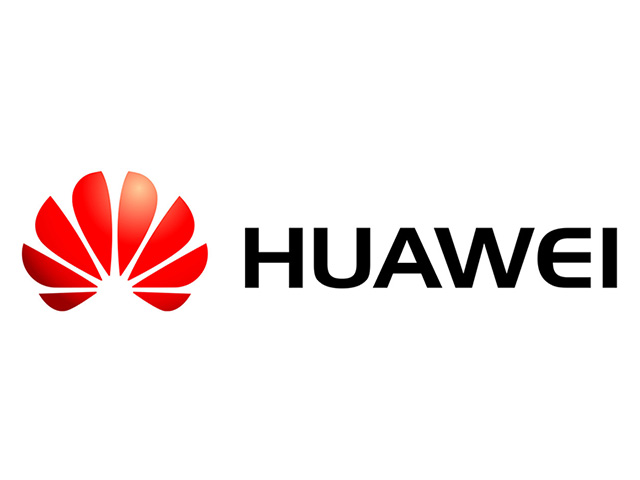Huawei launches HiAI 2.0 in bid to optimise AI app experience
By Ryan Noik 15 November 2018 | Categories: news
It appears that Huawei really has saved the best for last this year with the recent launch of the Mate 20 Pro, announcements around its imminent datacenter and cloud services offerings, and a couple of partnerships with MTN and UNESCO.
However, that is not all the tech giant has been busy launching this month. Along with its announcements from AfricaCom, the company has also been busy in Europe, launching HiAI 2.0, an open platform designed to facilitate the development of On-Device artificial intelligence (AI) at its Eco-connect Europe conference last week.
The company explained that the latest iteration of the platform provides developers with an open ecosystem that lets them tap into the capabilities of Huawei’s chipsets, devices and cloud via HiAI Foundation, HiAI Engine and HiAI Service.
“In April 2018, Huawei announced HiAI 1.0, a mobile AI computing platform. By providing developers with operators and APIs, the inaugural platform helped cut down the time and complexity of app development,” explained Lu Wenyu, the chief AI Expert of product management department at Huawei Consumer Business Group.
“HiAI 2.0 will bring with it even greater computing power, richer APIs and better support across a wider range of devices. It’ll significantly lower the barrier to entry of AI development, allowing even more developers join in and create exciting new apps for consumers,” he continued.
Huawei then fleshed out its HiAI Foundation, HiAI Engine and HiAI Service offerings, and the benefits that each bring HiAI Foundation is intended to provides developers with access to chipset capabilities such as support for multiple frameworks and operators, as well as high computational capabilities. The HiAI platform leverages the capabilities of Kirin 980 and its Dual-NPU to realize double image recognition speed compared to its predecessor, or up to 4 500 images per minute. According to the company, it further supports a greater number of developer models and operators, creating an environment whereby AI apps can run smoother and deliver a better user experience.
HiAI Engine, meanwhile, provides apps engineers on the market with more choices. The APIs provided on the platform let developers quickly integrate key features into their projects. One of the most recent examples of HiAI Engine at work can be found on the recently launched Huawei Mate 20 Series (keep an eye out for our impending review).
Using the flagship devices’ AI Spotlight Reel, a feature that can identify clips that all feature a character and auto-generate a 10 second montage. This feature is using face recognition and aesthetic scores provided by AI Engine. Benefit from the improvement of HiAI computing power, enabling AI Engine to complete automatic editing on the mobile phone. Last, but not least, HiAI Service establishes a bridge between users’ needs and services. Huawei explained that by connecting the two, developers can push services to consumers in a timely and proactive manner.
The company notes that to date, there are more than 1 000 partners and 450 000 developers actively working within the Huawei HiAI ecosystem.
Most Read Articles

Have Your Say
What new tech or developments are you most anticipating this year?



